Want to get out and see the magic of the universe? These are the stargazing events to check out this year.
I could stare at the stars and the ocean for hours. When looking upon the expanse of the sky, it seems to go on forever and make me and my problems feel so small (in a good way).
A few years ago we started to get into astrophotography, but after moving to NYC, we’ve been shooting city lights over the night sky. While living in the city that never sleeps, we met some incredible astrophotographers who have inspired us to get back at it. We have a feeling our next city will have us spending more time outside.
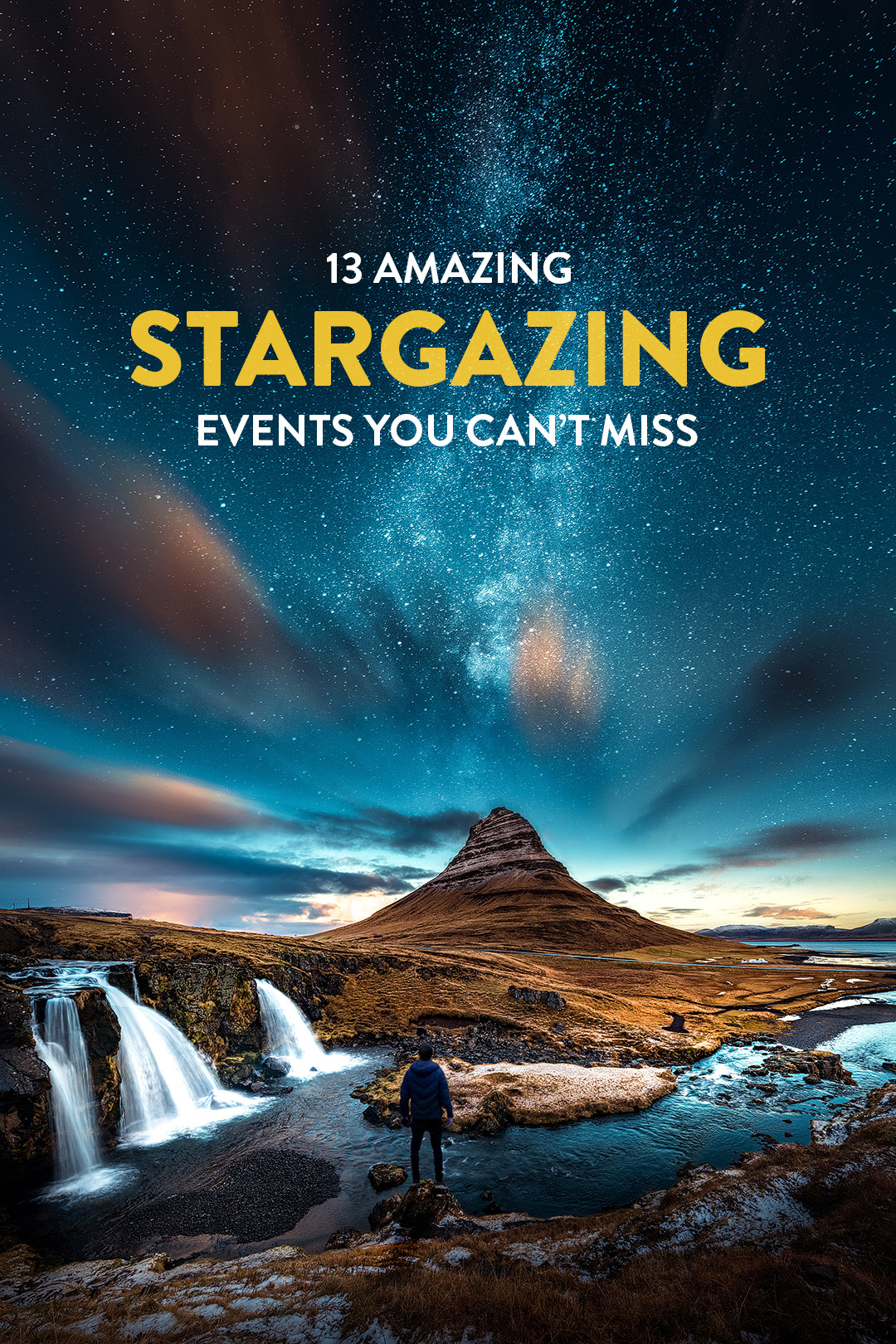
This post may contain affiliate links, where we receive a small commission on sales of the products that are linked at no additional cost to you. All opinions are always our own. Read our full disclosure for more info. Thank you for supporting the brands that make Local Adventurer possible.
Last Updated: December 12, 2023
13 Stargazing Events You Won’t Want to Miss in 2024
We’ve done some night photography on a whim, but in hindsight realized it takes a some astronomy knowledge to capture great star photos. P.S. I also did some sports photography back in college, which was a disaster, because I didn’t understand the sport and could never follow the ball. I am hoping in the coming year with a better understanding of the stars, we can take some rad photos of them.
To helps us plan for the year, we’ve put together a calendar of stargazing events, new moons, full moons, and more. That way, we can plan each trip accordingly to get the best results. Here are the astronomy events that you should mark on your calendars!
Also, it helps to ask to go with some already knowledgeable folks or attend a star party.
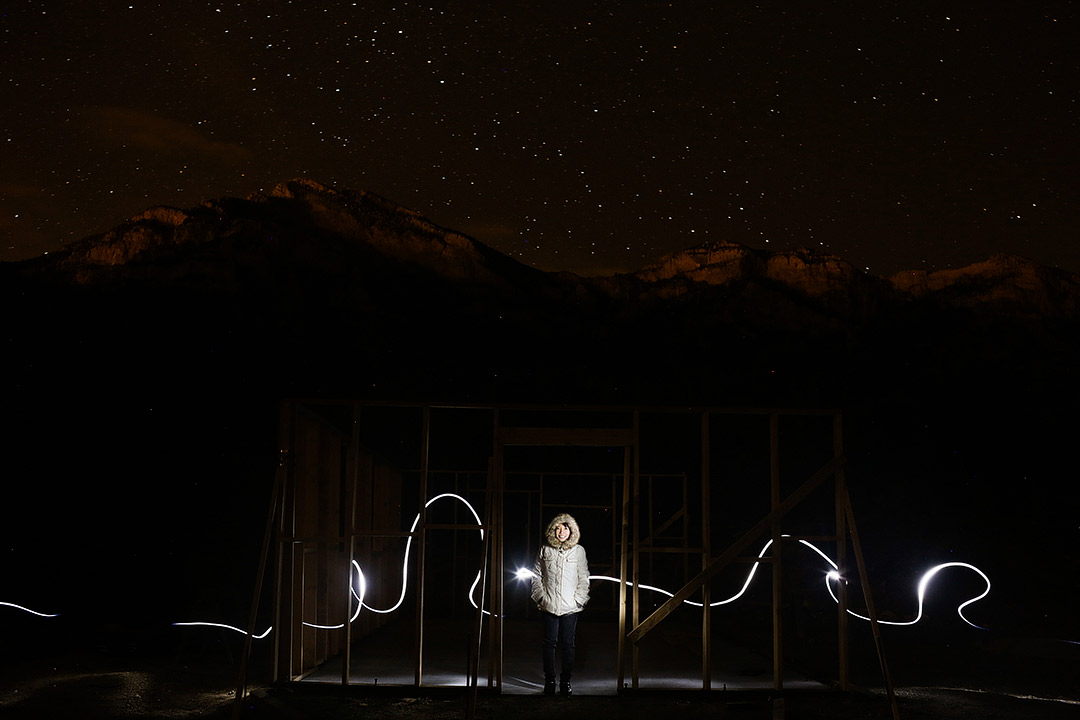
1. Quadrantids Meteor Shower
January 3-4, 2024
This shower runs annually from January 1-5, but peaks on the night of the 3rd and morning of the 4th with up to 40 meteors per hour. The best viewing will be after midnight. The waning gibbous moon will block out some of the fainter meteors. This shower is believed to be dust grains left by the extinct comet 2003 EH1. The nearly full moon will make it harder to catch this year.
2. Penunbral Lunar Eclipse
March 25, 2024
A penumbral lunar eclipse is when the moon passes through the Earth’s partial show. During this eclipse, the moon will darken slightly but not completely. It will be visible in North America, Mexico, Central America, and South America.
3. Total Solar Eclipse
April 8, 2024
The moon will completely block the Sun revealing the Sun’s beautiful out atmosphere, or corona. The next one visible in the United States won’t be until 2045. It will be visible in Mexico, the eastern US, and Nova Scotia, more specifically, parts of Texas, Arkansas, Missouri, Illinois, Indiana, Kentucky, Ohio, Pennsylvania, New York, Vermont, New Hampshire, and Maine.

4. Lyrids Meteor Shower
April 22-23, 2024
The Lyrids are produced by dust particles left by comet C/1861 G1 Thatcher, and there are roughly 20 meteors per hour during its peak. It runs from April 16-25 with the peak on the night of the 22nd and the morning of the 23rd. Unfortunately, the full moon will make it hard to see.
5. Eta Aquarids Meteor Shower
May 6-7, 2024
The most active portion of this shower will be seen in the Southern Hemisphere with up to 60 meteors per hour. In the Northern Hemisphere, there will be up to 30 meteors per hour. It runs annually from April 19 to May 28 but peaks the night of May 6. This shower is made of dust particles left by the Halley comet. The nearly new moon makes it a great year to see these.
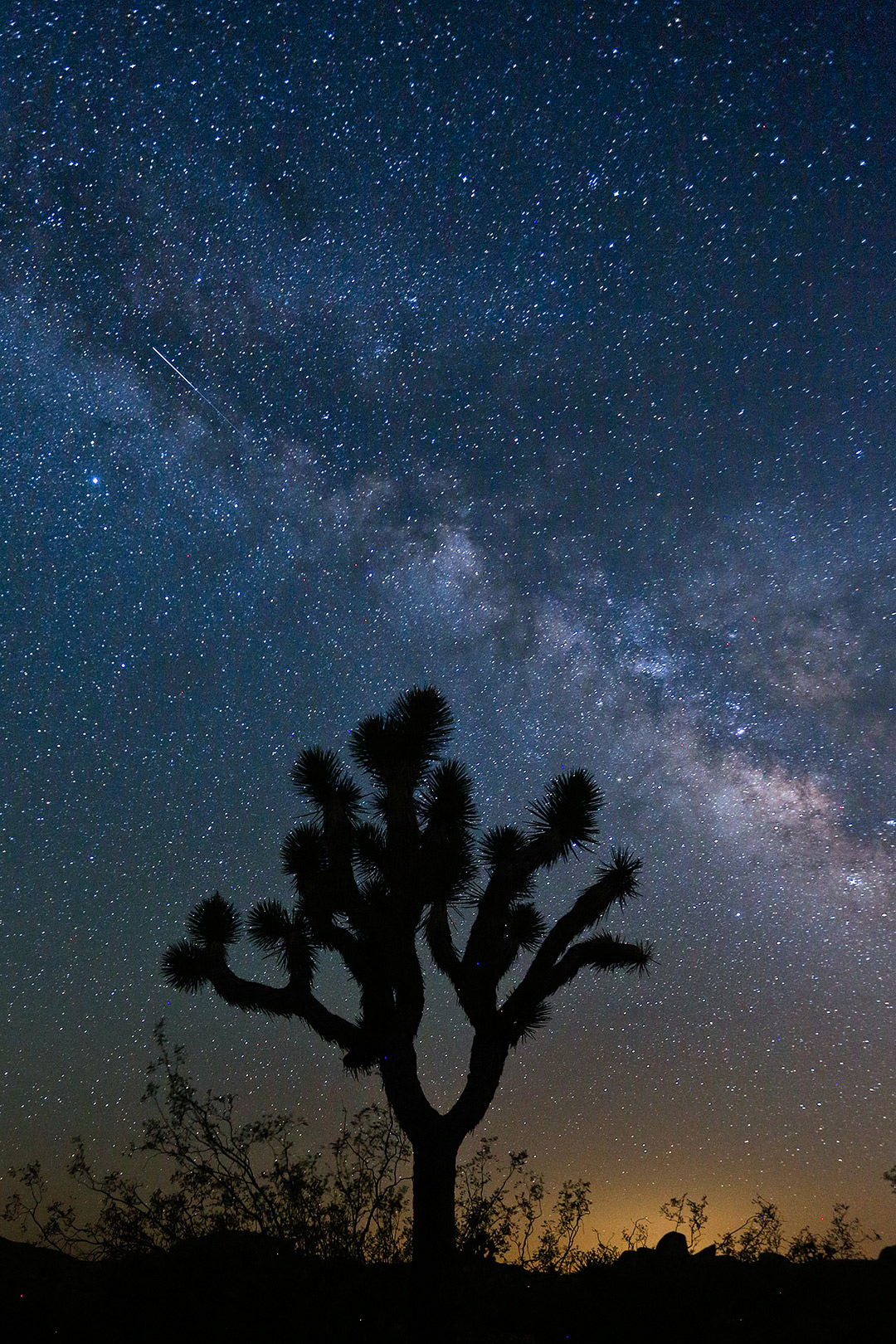
6. Delta Aquarids Meteor Shower
July 28-29, 2024
Debris from the Marsden and Kracht comets create this annual shower that runs from July 12 to August 23. During its peak on the night of July 28th and the morning of the 29th, you can see up to 20 meteors per hour. The second quarter moon will block most of the fainter meteors.
7. Perseids Meteor Shower
August 12-13, 2024
This is one of the best meteor showers and stargazing events to check out this year. It produces up to 60 bright meteors per hour from the Swift-Tuttle comet. It runs from July 17 to August 24 with its peak on the night of August 11 and the morning of the 13th. The first quarter moon will block some of the meteors but will set shortly after midnight.

8. Annular SOlar Eclipse
October 2, 2024
The moon is too far to completely cover the Sun but it will still result in a ring of light around the darkened moon. This year, you can see it from the Pacific Ocean off the coast of South America, parts of southern Chile, and Argentina. A partial eclipse can be seen from most of southern South America.
9. Draconids Meteor Shower
October 7, 2024
This is a smaller meteor shower but still has about 10 meteors per hour left by comet 21P Giacobini-Zinner. It’s best viewed in the early evening instead of the early morning and runs from Oct 6-10 with the peak on the night of the 7th. The second quarter moon will give dark skies in the early evening for a good show.
10. Orionids Meteor Shower
October 21-22, 2024
Running from October 2 to November 7, the dust grains left by comet Halley can produce up to 20 meteors per hour at its peak on the night of October 21. The waning gibbous moon will block faint meteors, but you may catch some of the brighter ones.
11. Taurids Meteor Shower
November 4-5, 2024
This is a smaller shower made up of dust grains left by Asteroid 2004 TG10 and Comet 2P Encke. It runs from September 7 to December 10 but the peak happens the night of November 4th. The first quarter moon will block out most of the meteors except the brightest ones.
12. Leonids Meteor Shower
November 17-18, 2024
This annual shower runs from November 6-30 with 15 meteors per hour at its peak. The Tempel-Tuttle comet dust grains peak the night of November 17th, but the sfull moon will block out most of the meteors.
13. Geminids Meteor Shower
December 13-14, 2024
This is one of the best meteor showers with up to 120 multicolored meteors at its peak. The debris left from asteroid 3200 Phaethon runs from December 7-17 but peaks the night of December 13th. The nearly full moon means most meteors can’t be seen.
BONUS: Ursid Meteor Shower
December 21-22, 2024
If you haven’t gotten enough meteor showers this year, catch the final shower the night of the 21st and the morning of the 22nd. The Ursids is a smaller shower producing about 5-10 meteors per hour left by the comet Tuttle. The waning gibbous moon will block out the fainter meteors.
2024 New Moon Dates
As a photographer, we’re always planning astrophotography around new moon because the sky is darkest and we can shoot photos of galaxies, star clusters, and the milky way. For that reason, it makes it great for stargazing too.
- January 11, 2024 11:59 UTC
- February 9, 2024 23:00 UTC
- March 10, 2024 09:02 UTC
- April 8, 2024 18:22 UTC
- May 8, 2024 03:23 UTC
- June 6, 2024 12:39 UTC
- July 5, 2024 22:59 UTC
- August 4, 2024 11:15 UTC
- September 2, 2024 01:57 UTC
- October 2, 2024 18:51 UTC
- November 1, 2024 12:49 UTC
- December 1, 2024 06:22 UTC
- December 30, 2024 22:28 UTC
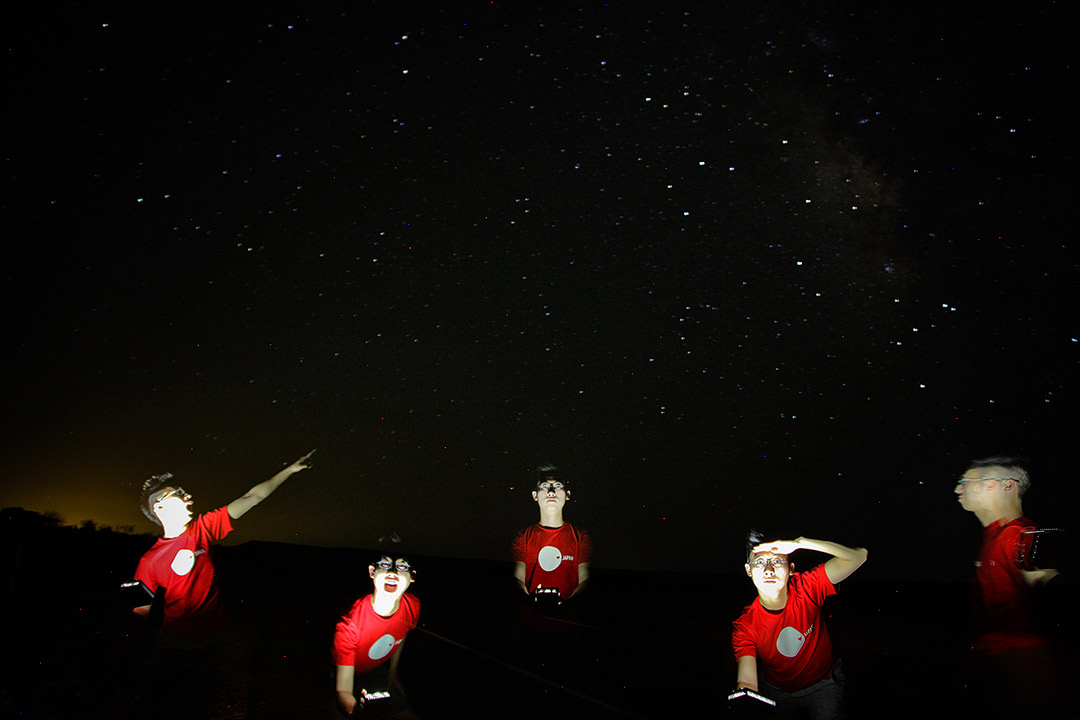
2024 Full Moon Dates
If you’re looking for bright nights or to shoot the moon, go out on full moon days. This year, there are three supermoons, which means the moon is closest to Earth can may look slightly larger and brighter.
- January 25, 2024 17:55 UTC – Wolf Moon
- February 24, 2024 12:32 UTC – Snow Moon
- March 25, 2024 07:02 UTC – Worm Moon
- April 23, 2024 23:50 UTC – Pink Moon
- May 23, 2024 13:55 UTC – Flower Moon
- June 22, 2024 01:09 UTC – Strawberry Moon
- July 21, 2024 10:18 UTC – Buck Moon
- August 19, 2024 18:27 UTC – Blue Moon / Sturgeon Moon
- September 18, 2024 02:36 UTC – Supermoon / Corn Moon
- October 17, 2024 11:28 UTC – Supermoon / Hunters Moon
- November 15, 2024 21:30 UTC – Supermoon / Beaver Moon
- December 15, 2025 09:03 UTC – Cold Moon
2024 Eclipse Dates
- March 25, 2024 – Penumbral Lunar Eclipse (Visible through North America, Mexico, Central America, and South America)
- April 8, 2024 – Total Solar Eclipse (Visible in parts of Mexico and the US. Texas, Arkansas, Missouri, Illinois, Indiana, Kentucky, Ohio, Pennsylvania, New York, Vermont, New Hampshire, and Maine)
- September 18, 2024 – Partial Lunar Eclipse (Visible in North America, Mexico, Central America, South America, and most of Europe and Africa)
- October 2, 2024 – Annular Solar Eclipse (Visible in most of Southern South America)
Opposition Dates in 2024
Planets in opposition are the best time to see them because they are closest to Earth.
- September 8, 2024 – Saturn
- September 20, 2024 – Neptune
- November 17, 2024 – Uranus
- December 7, 2024– Jupiter
2024 Equinox & Solstice Dates
- March 20, 2024 March Equinox (First Day of Spring)
- June 20, 2024 June Solstice (First Day of Summer)
- September 22, 2024 September Equinox (First Day of Fall)
- December 21, 2024 December Solstice (First Day of Winter)
Meteor Shower Dates in 2024
- January 3-4, 2024 – Quadrantids Meteor Shower
- April 22-23, 2024 – Lyrids Meteor Shower
- May 6-7, 2024 – Eta Aquarids Meteor Shower
- July 28-29, 2024 – Delta Aquarids Meteor Shower
- August 12-13, 2024 – Perseids Meteor Shower
- October 7, 2024 – Draconids Meteor Shower
- October 21-22, 2024 – Orionids Meteor Shower
- November 4-5, 2024 – Taurids Meteor Shower
- November 17-18, 2024 – Leonids Meteor Shower
- December 13-14, 2024 – Geminids Meteor Shower
- December 21-22, 2024 – Ursids Meteor Shower
Highlights of 2020
Two of the big highlights of 2020 was seeing the Neowise Comet and the Bethlehem Star. The Bethlehem star was honestly a bit of a letdown. There was so much hype around Jupiter and Saturn not coming together for 800 years, but turns out anyone with good eyesight could see two distinct planets and not one massive Christmas star. The comet, on the other hand, was really amazing to see with the naked eye and to photograph.
Both events will not happen again in our lifetime.
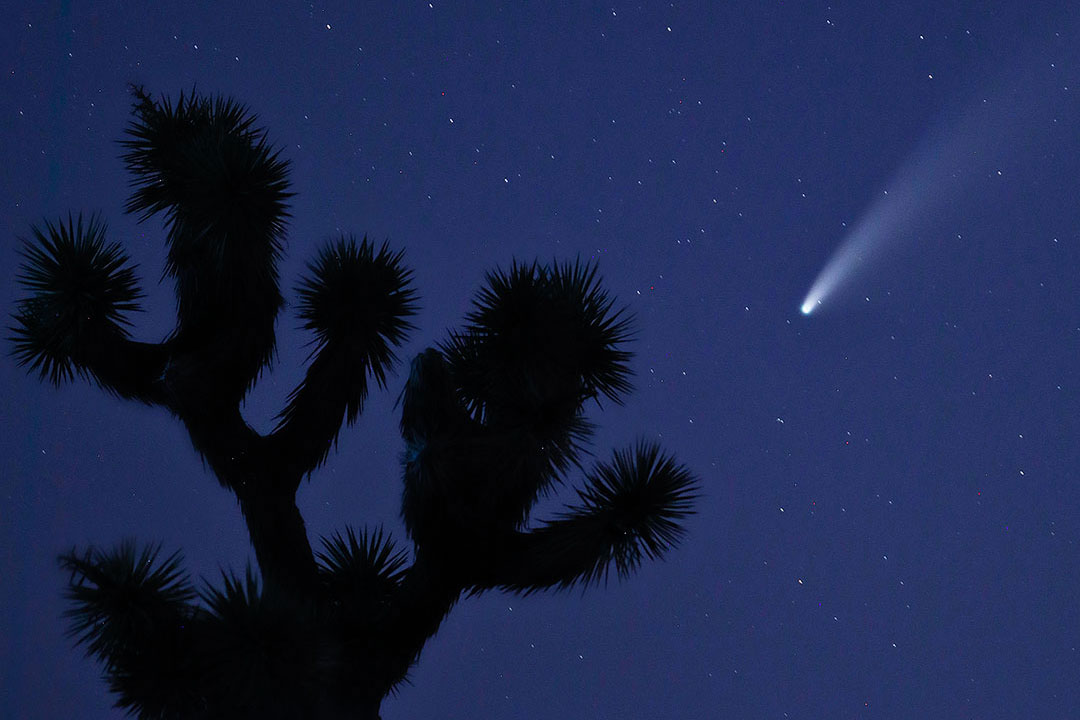
What stargazing events have you seen? When is the last time you stargazed?
DID YOU ENJOY THIS POST? PIN IT FOR LATER
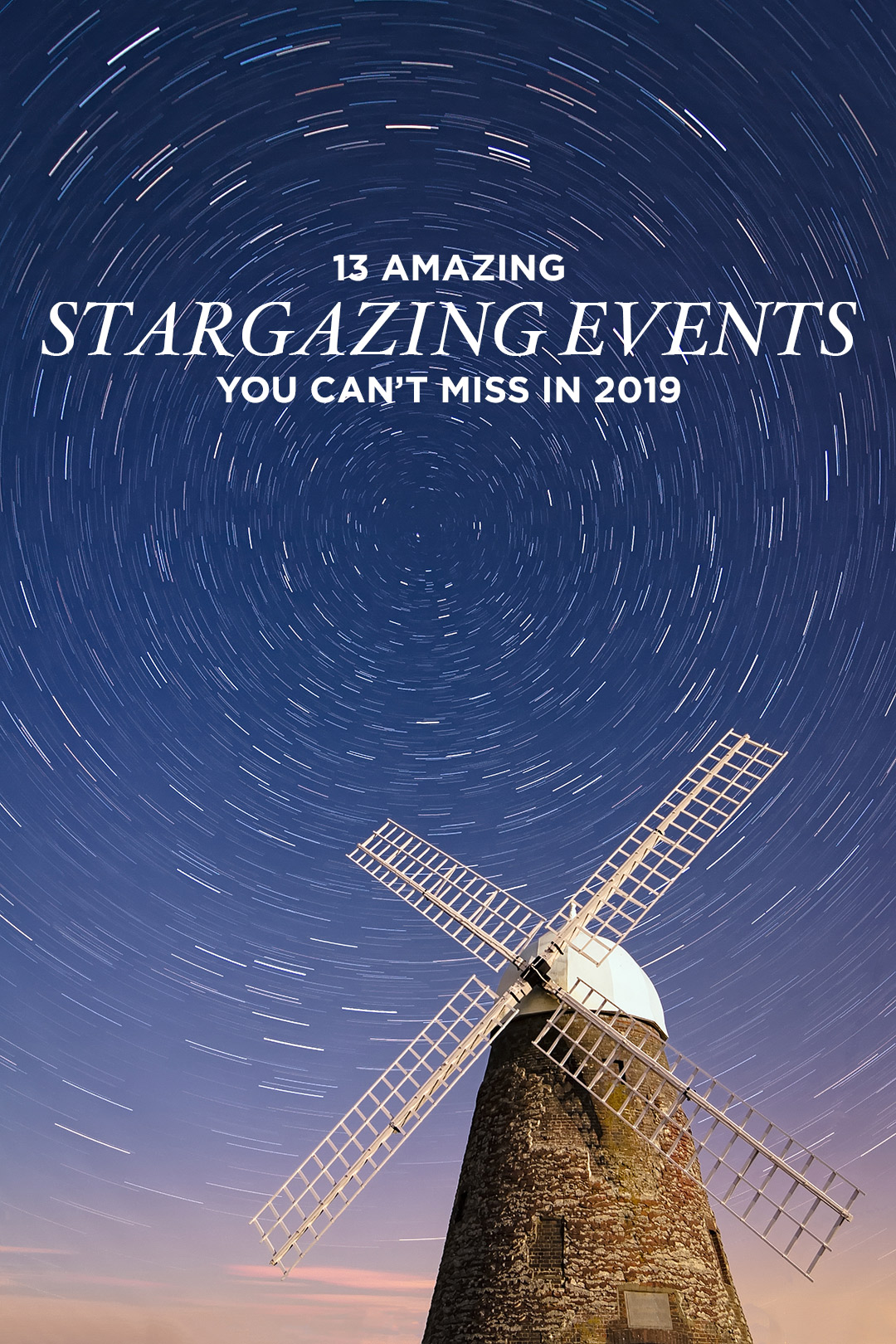
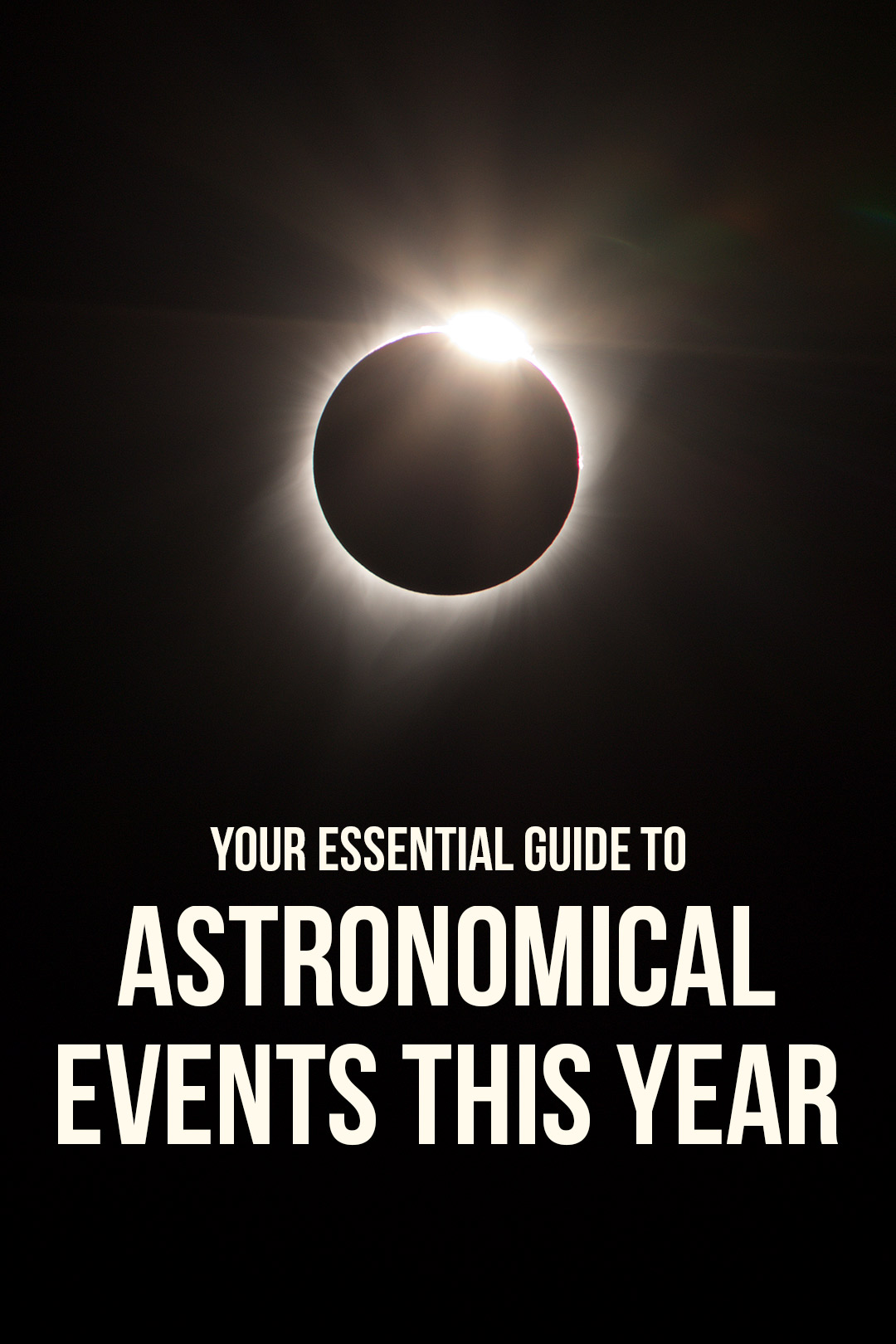
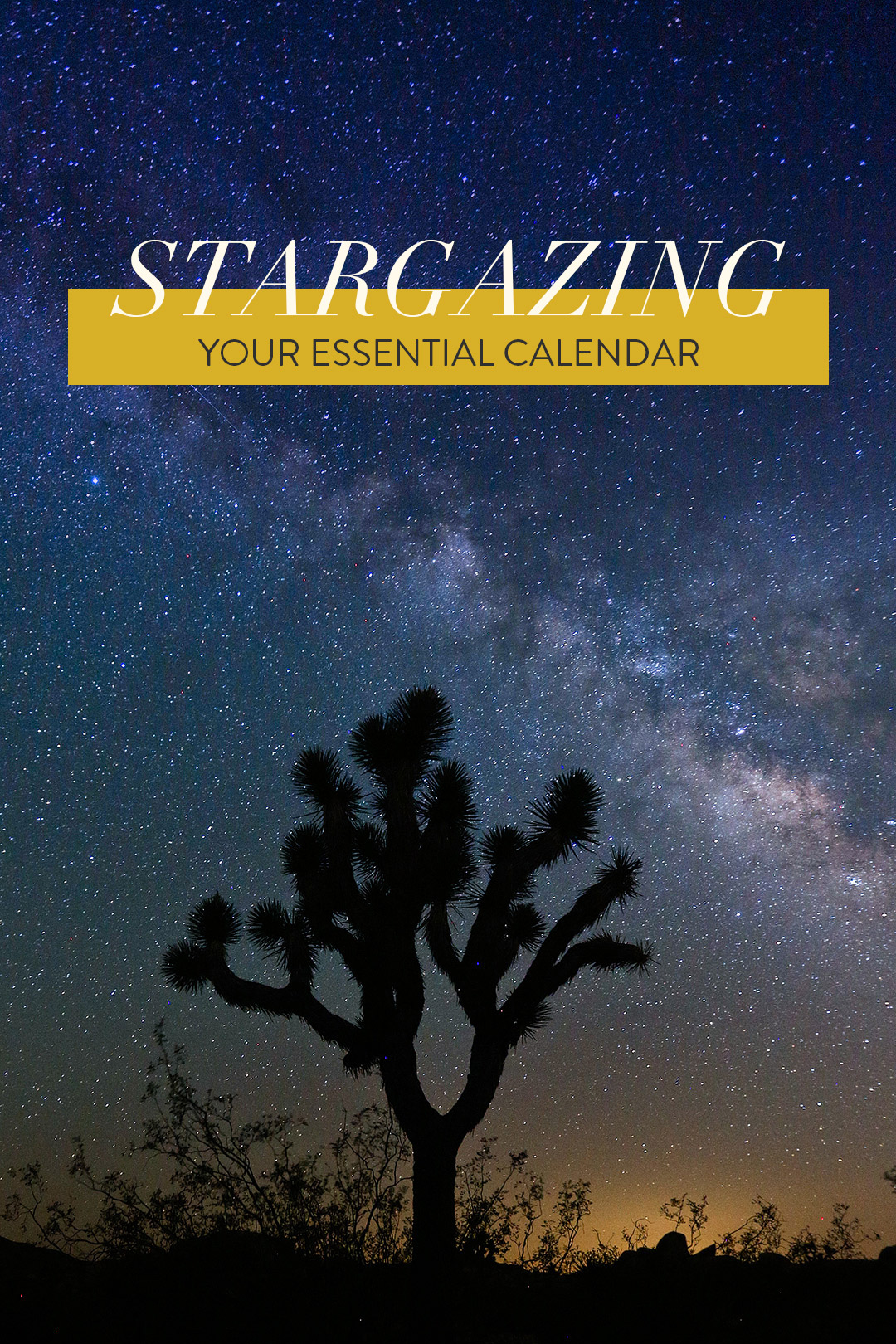
SEE MORE NATIONAL PARK GUIDES
⟡⟡⟡⟡⟡
“Discovery consists not of seeking new lands but in seeing with new eyes” – M. Proust

Esther + Jacob
Esther and Jacob are the founders of Local Adventurer, one of the top 5 travel blogs in the US. They believe that adventure can be found near and far and hope to inspire others to explore locally. They explore a new city in depth every year and currently base themselves in Las Vegas.
Follow on Instagram (E + J), YouTube, TikTok, and Pinterest.
